I’m the King Of Technology
CH 112
A week and a half had gone by, and Chief Sophia was thoroughly impressed with the new tools that had been made for the Textile industry.
There were 4 departments within the industry: Inspection & Storage, Thread making, Fabric making, and Sewing.
Of course the Sewing department was also divided into several sectors: Beddings, House & Daily needs, clothing and Size tags.
The bedding department, focused on making bed sheets, pillow cases, blankets, mattress quilts, and every other thing involved with sleep.
For the ’House & Daily Needs ’ department, they had to focus on curtains, table cloths, towels and so on.
Of course for the clothing department, his majesty had given them a list of necessities like: Baymard National flags, winter jackets, sweaters, socks, winter gloves, winter hats, scarfs, hoodies and military uniforms.
As well as, industry overalls, lab coats, chef uniforms and aprons, thick shirts (modern style), T-shirts, Turtle neck long sleeve tops, thick pants, singlets and underwear.
For the size tag department, they had to create and sew tiny labels that would be placed at the back of every sewn product.. be it bedsheets, shirts, and even winter hats.
For now, these were all the clothing items required..
but Landon had told them that at the start of every month, new items would be added to the list.
And finally, the inspection & storage department was in charge of checking the quality of the goods, as well as storing and recording the quantity in stock.
Today was the 12th of September, and it was time for Sophia to have her weekly inspection.
She decided to start with the thread making department first.
.
”Welcome chief ” everybody within the department greeted.
nose masks, and gloves for when they had to dye the threads to different colors, as well as when they were handling animal fur.
Sophia decided to go over to those in charge of washing and combing out the fur.
These animal furs had dirt, and even poop traces on them….
so of course they had to be cleaned with soap.
Sophia inspected inspected their washing process, as well as if the workers were wearing their safety wears or not.
Those who washed and combed the fur, were required to wear gloves, aprons, face masks and rubber boots.
Landon didn
’t want any animal faces to touch the workers….
And since he also didn
’t want any fur flying up into their nostrils or mouths, they definitely had to wear their face masks while they worked.
It took the workers at least 4 washes and rinses with soap, before the fur looked somewhat clean.
And from there, the workers did 2 more washes before drying the fur on the drying lines.
There were at least 60 long clothing lines at the back of all 4 buildings that were given to the Textile industry…
so Landon had then dry these furs there.
Once the fur was dry, another group of people started combing out the fur.
At this point it was basically treated like human hair..
the workers combed it out leaving no knots that would hinder the production phase.
From there, another group of people fed the fur to several steam powered rolling machines, that basically stretched them out.
Of course after this stage, another group used spinning wheels to spin the fur forming single fur strands….
that were then twisted with other stands to form
’thread
’.
Fur strands were as tiny as human hair strands…
So of course they had to be combined and twisted together to form thread.
One could say that these
’twists
’ were done as braids..
A few fur strands were placed on a spinning wheel…and at the end, they were braided to form thread.
The basins were roughly the size of 2 bath tubs, which allowed several strands to be dyed at once…
and after dying, the thread was dried for 24 hours.
Finally once the thread was dried, another group carefully placed them into a steam powered mechanical thread winding machine.
Back on earth during the 17th to 19th century, several versions of the steam winding machine were produced.
Right now, no one had the time to take a single strand of thread and wrap around a wooden frame…
that would just take forever.
So Landon basically took the best version of the steam winding machine and implemented it here.
In this way, all the workers had to do was spread the thread on the machines and the rest was history.
Of course they also had to feed wooden frames to the machines, as well as water.
And at the end of the day, hundreds of wooden frames with thread wrapped around them were produced.
The machine ’s framework was enclosed within a metal frame, hence people couldn ’t really see the inner workings within.
All they could see was a place to feed the water, wooden frames, threads and also the parts that winded the threads onto the wooden frames.
Landon enclosed the pulley systems and other mechanical parts for safety reasons.
The workers greatly appreciated this machine.
One had to know that they people usually hired thousands of slaves just to wrap the threads around these wooden frames.
Infact, when they were assigned to this sector within the department, they had initially felt like crying.
No one liked winding the threads…
it was just so damn boring, time consuming and stressful.
When they handled the threads, they were required to wear gloves at all times…so that if their hands were dirty, they wouldn
’t stain the thread..
and vice versa.
Once the threads were completed, the workers would then send their products to the ’Inspection & Storage ’ department, were the products would be checked and stored in the storage rooms.
The threads were essentially stored based on types, as well as color and size.
For example, there were 3 rooms dedicated to wool from sheep…
the first room was for small sized thread wraps, the 2nd was for medium, and the 3rd was for large and above.
And within each room, there were metal framed shelves, which separated each color from the next.
These shelves were ceiling high, and each color had at least 2 rows within the rooms.
Sophia carefully inspected the products within the storage rooms, and after confirming that there hadn ’t been issues or complaints from the workers, she headed over to the next department.
Fabric Making.
.
For this department, the workers used steam weaving machines called a ’Loom ’, to produce fabric.
Sophia also thought that this was one of the most ingenious inventions ever.
Presently, hand weaving devices already existed, and basically looked like large rectangular harps.
The threads would pass through the strings of the harps, as if they were weaving a basket.
The problem with this was that it was too time consuming…
Hence Landon decided to make steam powered weaving machines.
Once again back on earth in the 17th century, someone had successfully modified the Loom and made it to work mechanically on steam.
All the workers had to do was feed water to the machines, as well as thread…
And from there, the machine would weave and create fabric on its own.
This machine was 1.4 meters in width, and could obviously sew fabrics around the same width measurements
So this machine could make fabrics as wide as large carpets.
Find authorized novels in Webnovel,faster updates, better experience,Please click www.webnovel.com for visiting.
With this machine, several thread rolls of different colors could be placed at once, so as to create different patterns.
Like for example, the middle of the fabric could be blue, which the outer corners could be white…
This was also good in making striped bed sheets.
Landon had given this department several design specifications for the fabrics…
All they had to do was follow the written instructions, and the fabric would be produced.
For example: they could put light grey in thread feeder 1, black in thread feeder 2, and so on.
And once the fabrics were made, the Inspection & Storage department would take it from there.
1 out of the 4 Textile industry buildings was used just for storage of all materials, be it socks, fabrics or even blankets.
5 rooms were assigned for fabric storage.
The first 3 were used to store all single-colored fabric materials..
while the last 2 stored those that were either multicolored or had patterns on them.
After Sophia was done with her Inspection, she headed over to the Sewing department.
You'll Also Like
-

Cultivation: Start From Upgrading My Computer
Chapter 47 September 3, 2023 -
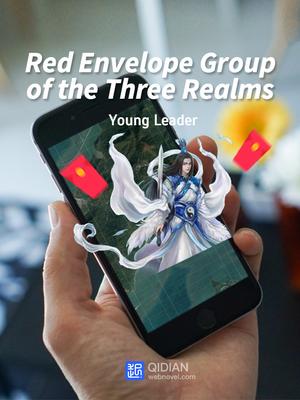
Red Envelope Group of the Three Realms
Chapter 1986 September 1, 2023 -
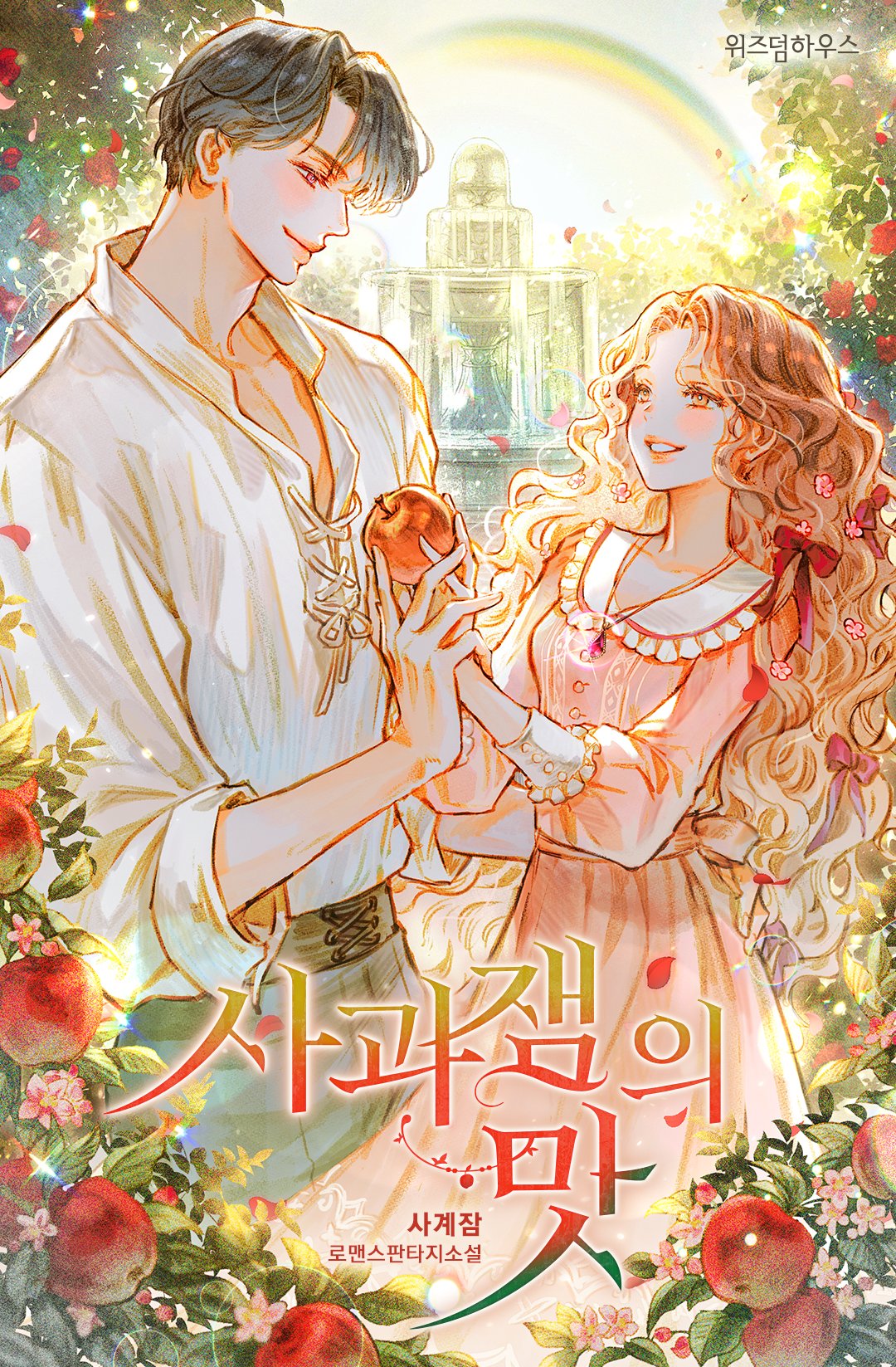
The Taste Of Apple Jam
Chapter 9 August 29, 2023 -
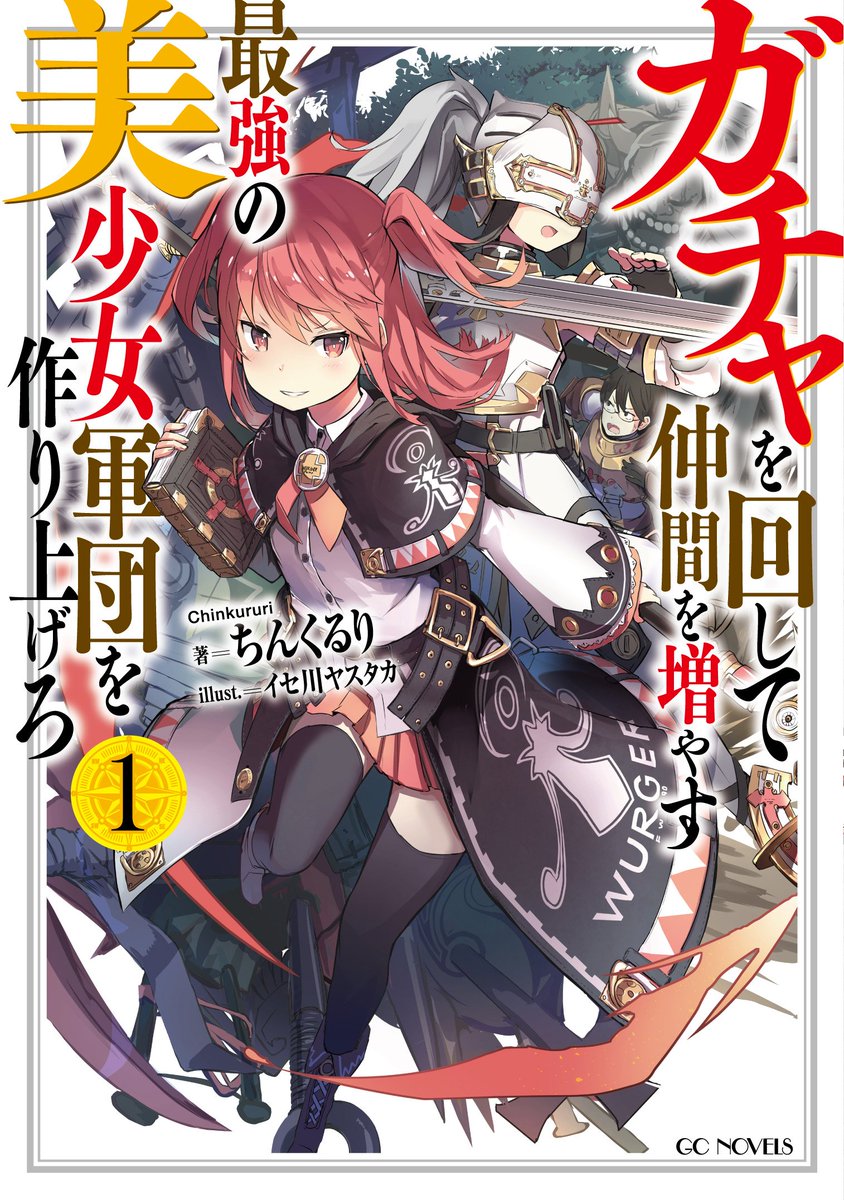
Using Gacha to Increase My Companions and to Create the Strongest Girls’ Army Corps
Chapter 84 August 28, 2023 -
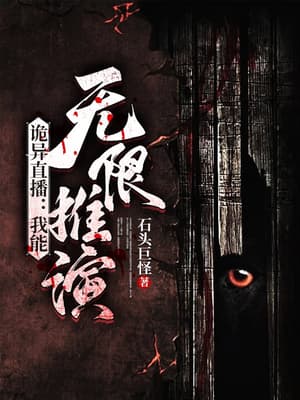
Weird Live Broadcast: I Can Deduce Endlessly
Chapter 100 August 28, 2023 -
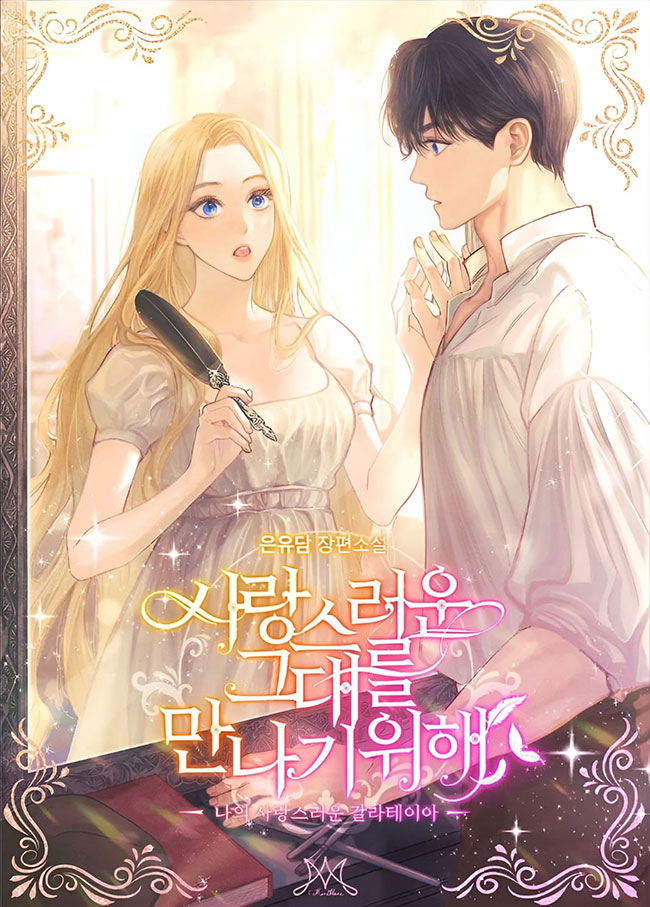
In Order To Meet You, Beloved
Chapter 35 August 28, 2023 -
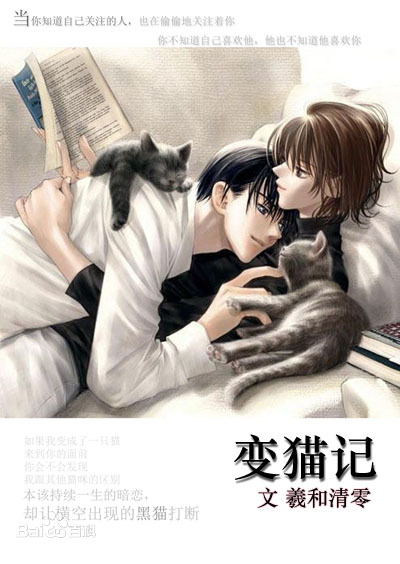
The Cat Transformation
Chapter 27 August 26, 2023 -
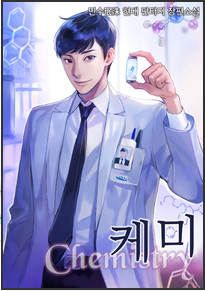
Chemistry
Chapter 61 August 25, 2023 -
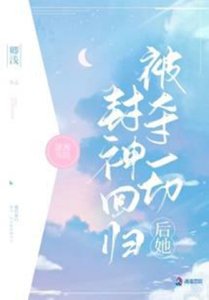
After Being Robbed of Everything, She Returns as a Goddess
Chapter 47 August 25, 2023 -
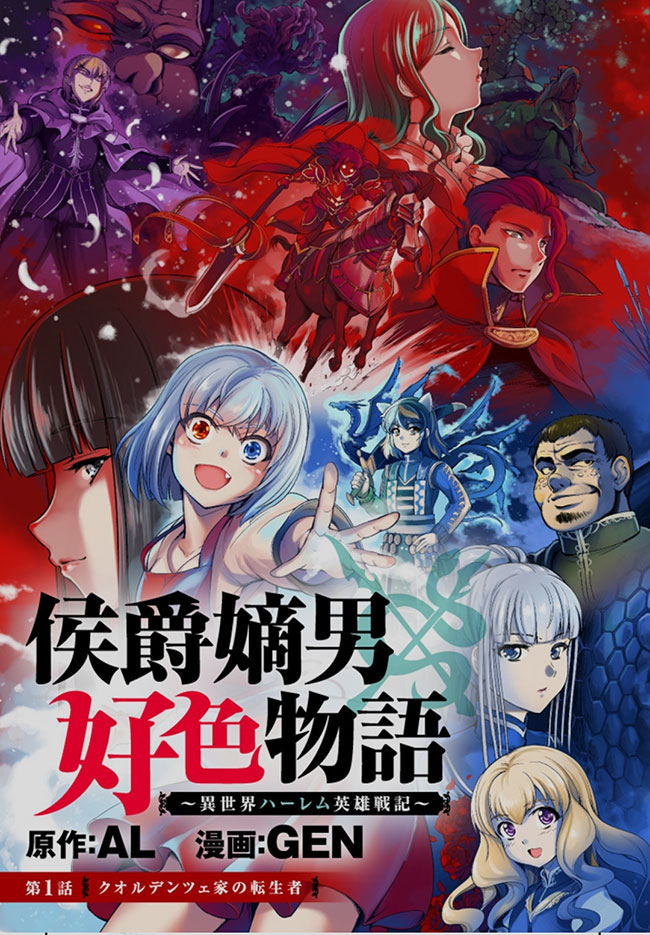
The Marquis’ Eldest Son’s Lascivious Story
Chapter 232 August 26, 2023 -
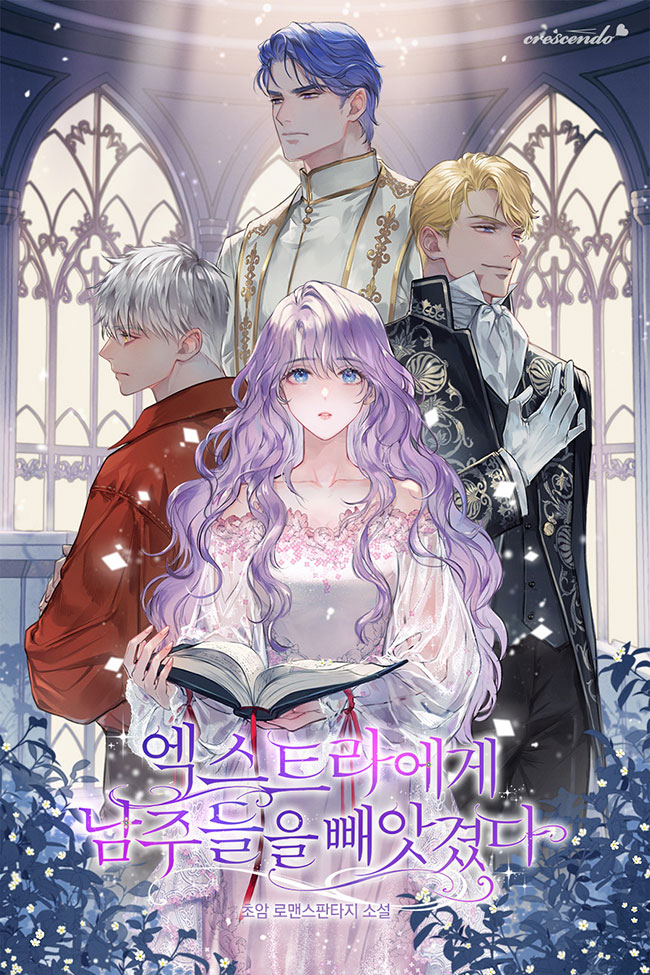
The Male Leads Were Stolen by the Extra
Chapter 13 August 24, 2023 -
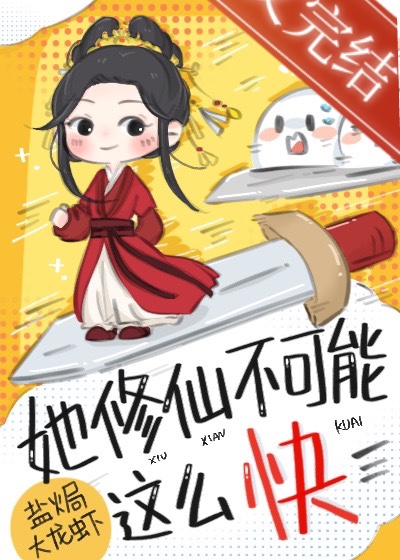
The Top Efficiency Cultivator
Chapter 21 August 22, 2023
